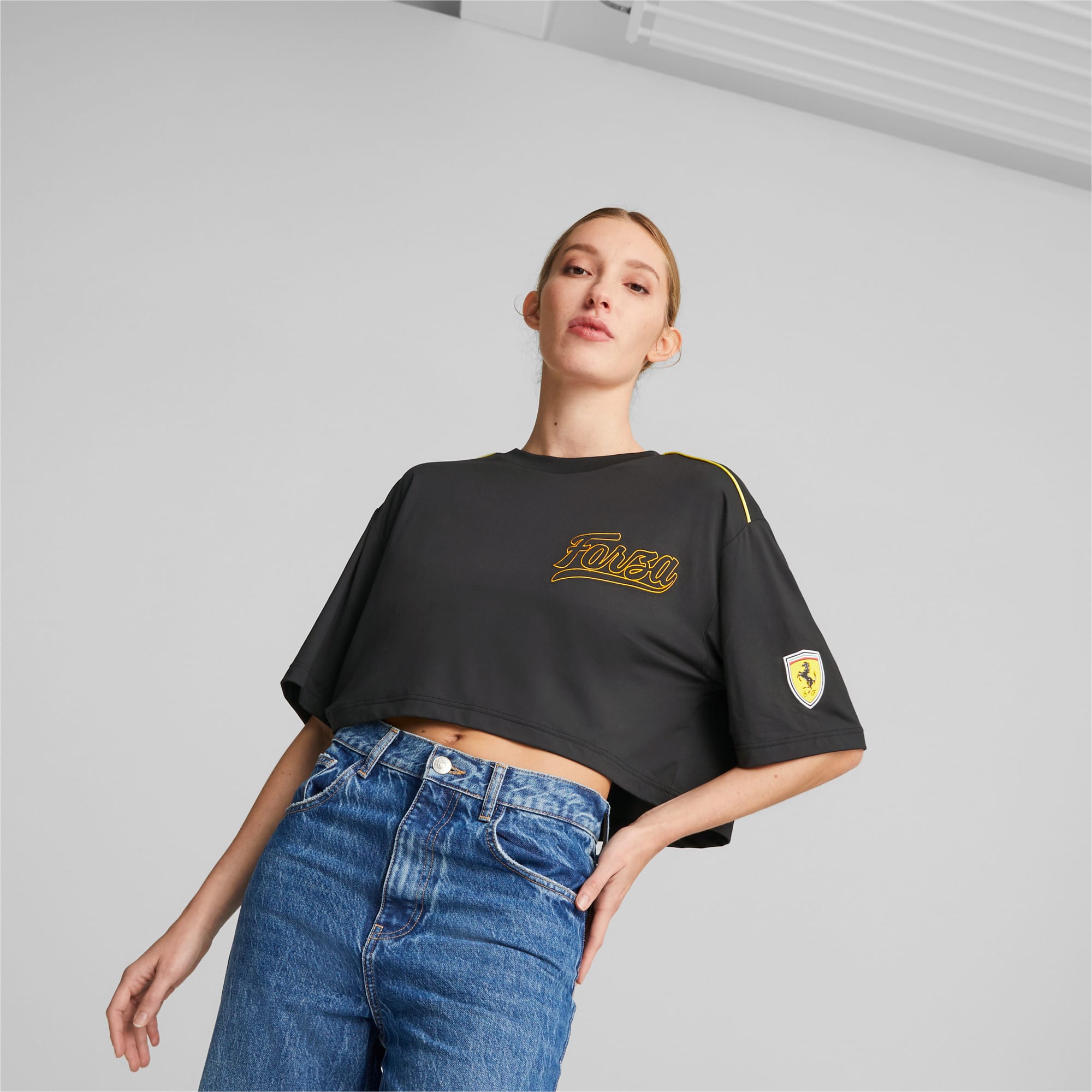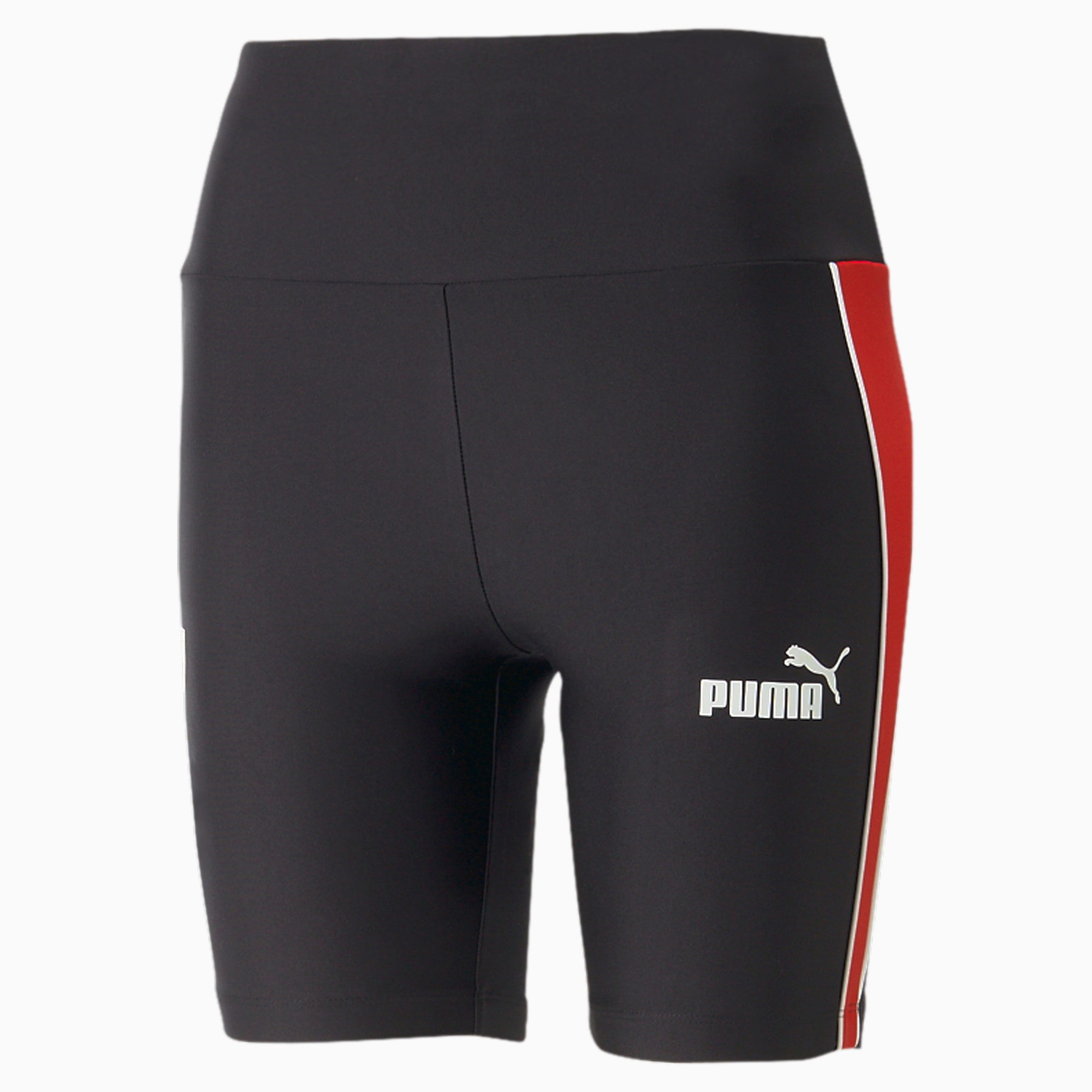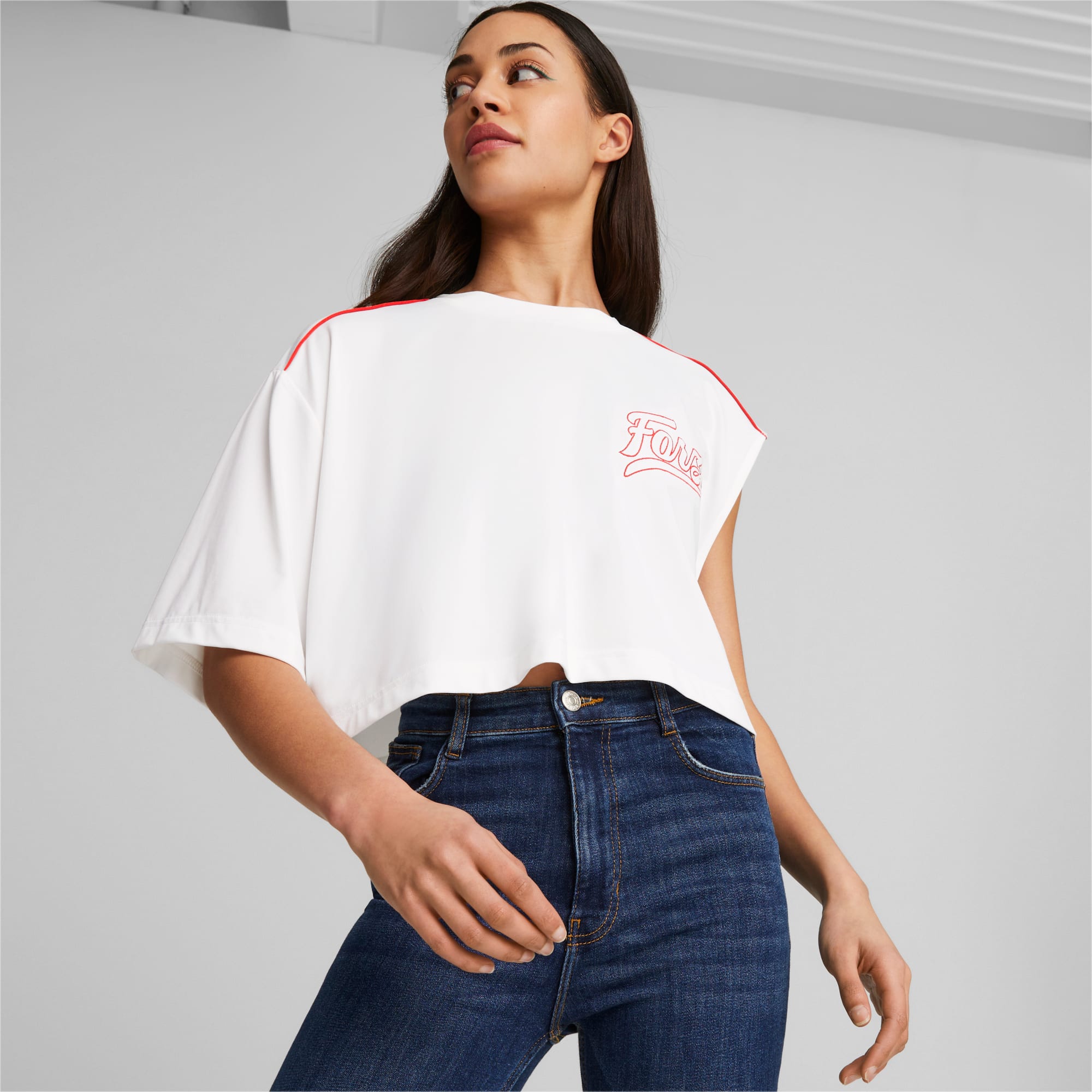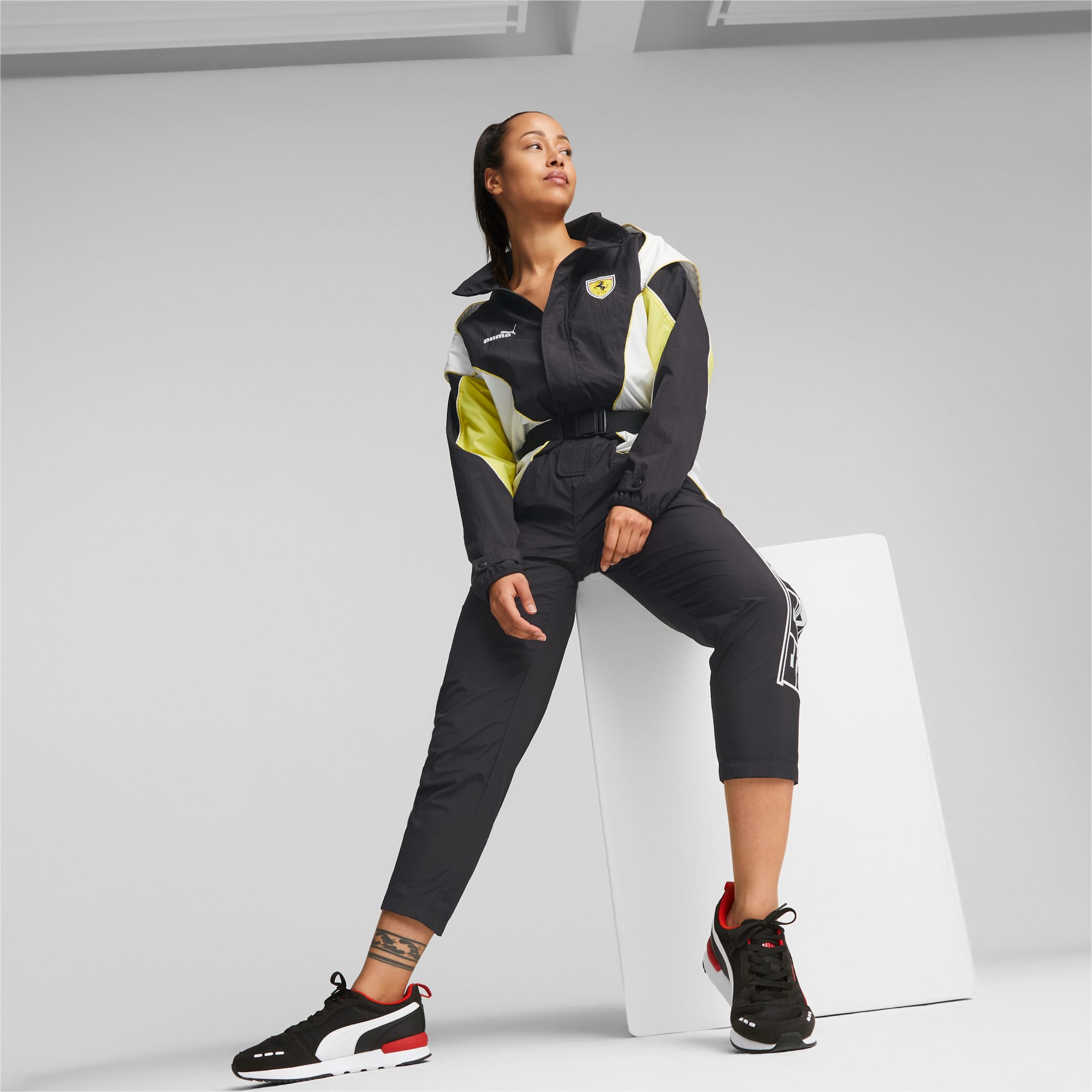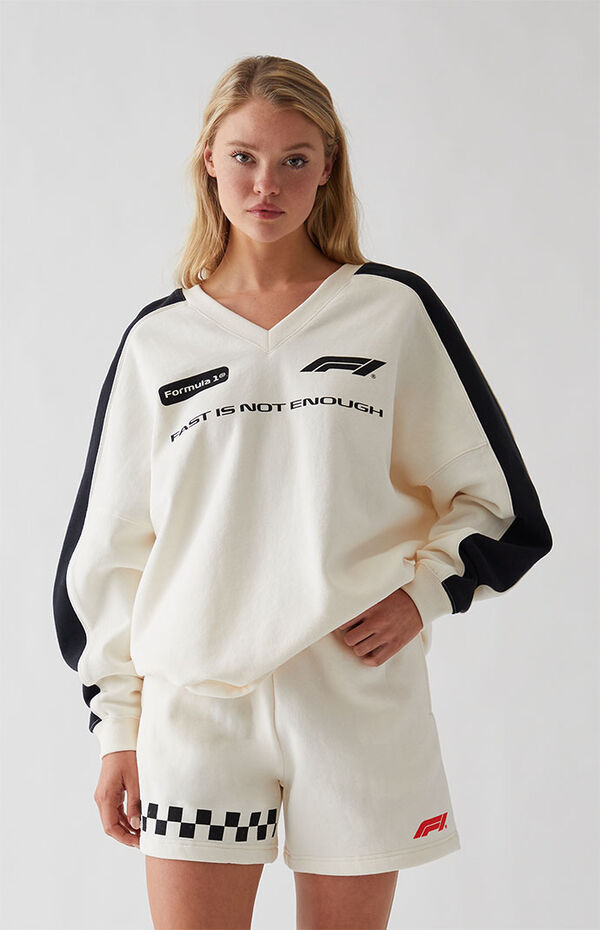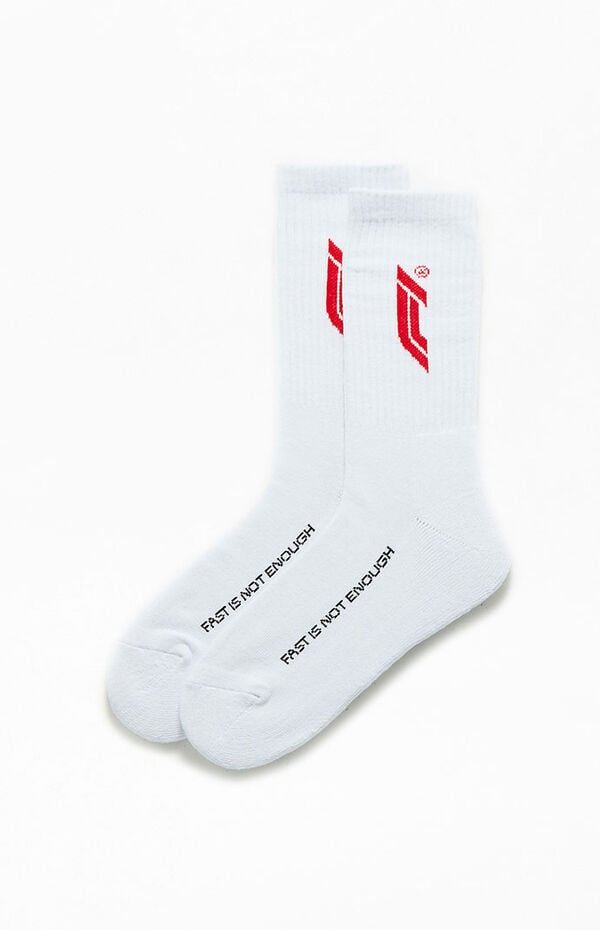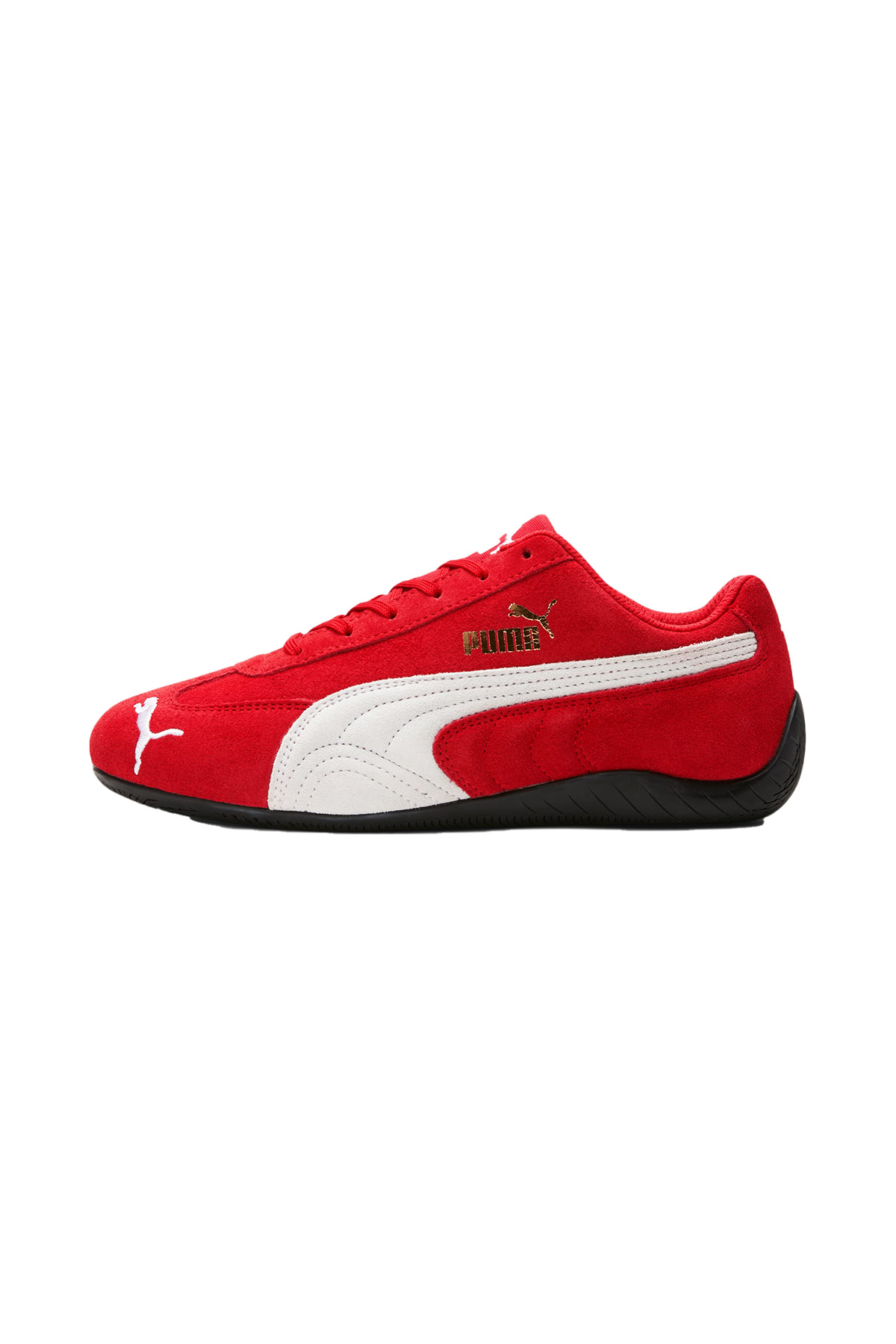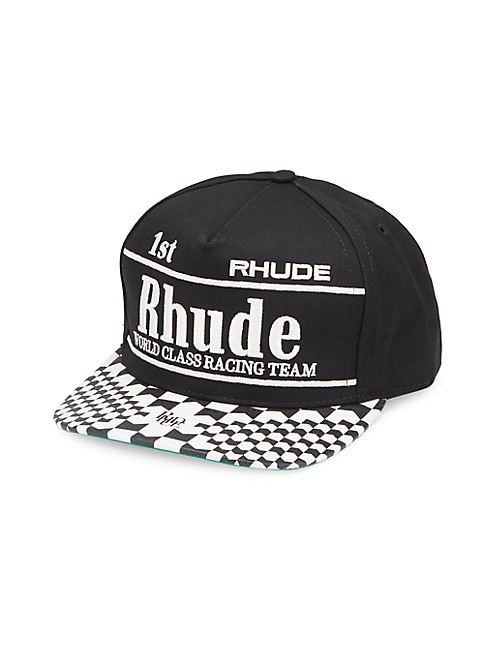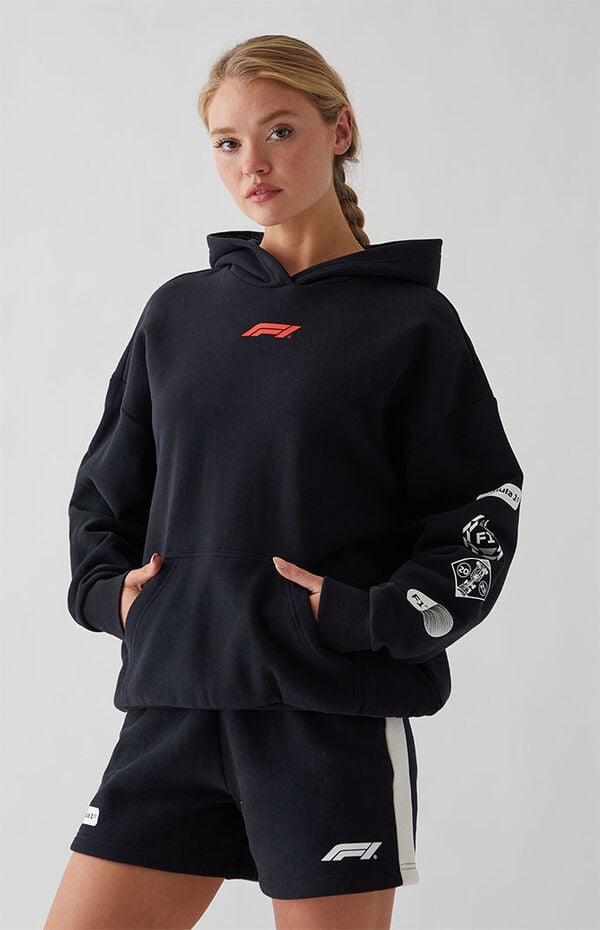This Is the Future of Fashion and Formula One
Though it's nearing its 75th anniversary, something's always hindered Formula One from reaching its full potential. Lavish, exciting, and ripe with drama, the sport has every trait of a global sensation. Yet until recently, it has remained planted in a fairly niche corner of the sporting world, particularly in America. Now, with upgraded partnerships, a new all-female academy, booming audience numbers, and its own wildly successful television series, Formula One's best chance at breaking out of that bubble and into the zeitgeist is here. Whether or not the powers that be will take advantage of it—properly that is—is up to them.
The success of Netflix's docuseries Drive to Survive in conjunction with the rise of F1 content creators and a highly controversial 2021 season have, together, brought the sport into its most successful era yet, with race attendance and TV audiences alike surpassing metrics beyond anything in the history books. (According to F1, the sport's cumulative TV audience reached a shocking 1.5 billion in 2021.) But it's not just racing that's getting people, both in the sporting world and outside of it, talking. In actuality, some of the most noteworthy discussions circling around F1 right now are those taking place in what many would consider a far-off industry: fashion.


Like the sport as a whole, the style and culture surrounding F1 are gaining significant momentum, with drivers such as Daniel Ricciardo attending the 2023 Met Gala with Thom Browne and Lewis Hamilton—who is arguably the greatest driver in F1 history as well as an icon in the world of fashion—turning paddock entries into his own personal runways. (To stay up to date with his ever-revolving wardrobe, follow @hamazinglew on Instagram.) Drivers such as Zhou Guanyu, Charles Leclerc, and Pierre Gasly regularly attend fashion weeks in Paris and Milan, and Lando Norris, Max Verstappen, and Carlos Sainz have all graced the glossy covers of fashion magazines like Vanity Fair and GQ. Once only distinguished by their helmets and appreciated for their skills behind the wheel, today's drivers are now being given the opportunity to get out of the car and express themselves in real ways, oftentimes with the help of fashion brands looking to get into the sport.
Following the leads of longtime players Puma and Tommy Hilfiger as well as luxury timepiece makers Rolex and TAG Heuer are fashion brands such as Amiri, P448, Rhude, and Balenciaga on the aspirational side and PacSun and Abercrombie & Fitch on the affordable one—all of which have released commercially successful collaborations with teams on the F1 grid. "For fashion brands, [collaborating with F1 means] more eyes from an evolving sport that's flooded with young, aspirational fans, sometimes with high purchasing power," says Manvi Mittal, a fashion publicist at Small Girls PR and a creator and podcast host for the social media platform Females in Motorsport.
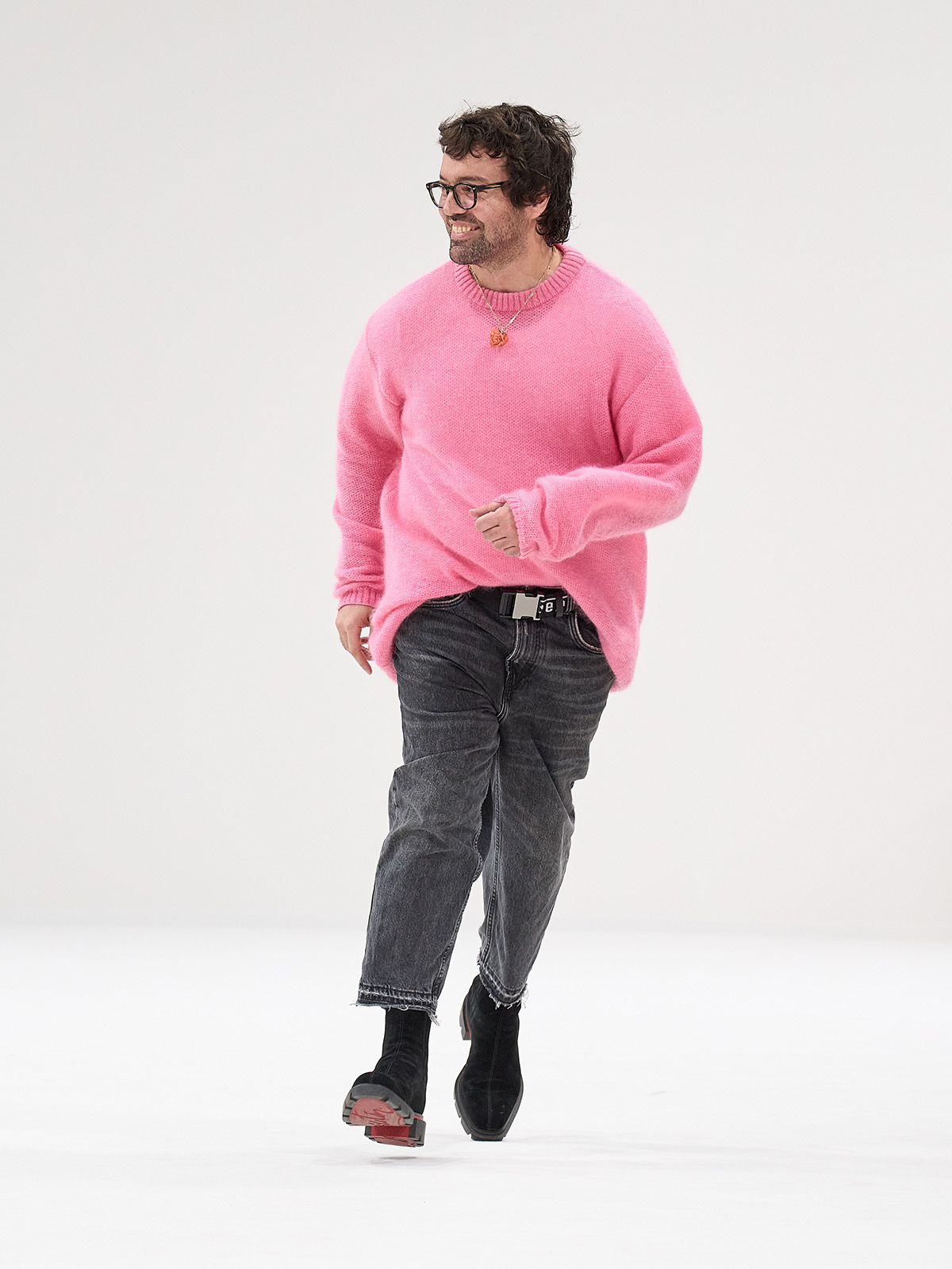
In 2021, F1's oldest and most renowned team, Scuderia Ferrari, diversified its revenue streams and widened its reach by launching a high-end fashion line with a debut runway show located on the car-factory floor of the brand's headquarters in Maranello during Milan Fashion Week. "The Ferrari fashion collection, since its launch, expresses the competitive drive and constant evolution of Ferrari's heritage of innovation, reinterpreted and reprojected to suit the expectations of the contemporary world through its debut in one of the most influential and strategic sectors of the world economy," the brand's creative director, Rocco Iannone, told Who What Wear last year. Iannone, and Ferrari by extension, recognizes the value that fashion brings to a business that previously was centered exclusively around luxury cars. By branching into fashion, Ferrari is making its intentions clear: It doesn't want to be boxed in—the goal is to have a place in every part of its customers' lives in the same manner that fashion brands do. "Ferrari is naturally a lifestyle brand," Iannone said.
But as a luxury fashion brand with prices that content creator Mikaela Kostaras—an F1 content creator who goes by @shelovesformula1 online—described as "outside of her tax bracket" in a TikTok, Ferrari's in-house label can only reach so many people. That's why the latest fashion–F1 partnership to rock the sport is so significant to the two industries' future alliance. Ahead of the second-ever Miami Grand Prix earlier this month, German sportswear and fashion brand Puma made a historic announcement regarding its longtime partnership with the sport, which began in the 1980s. Starting in 2024, it will be doubling down on its relationship with motorsport to become the official supplier of F1 merchandise at races. But that's not all. "Puma will also ... create Formula One fanwear that targets the sport's different audiences with exciting lifestyle and motorsport collections," the press release states. In other words, in addition to selling traditional merchandise to fans attending races around the world (from Las Vegas to Abu Dhabi to Monaco) and designing equipment for F1's 10 teams, Puma will soon be in a position to act as a bridge between the sport and the fashion world.
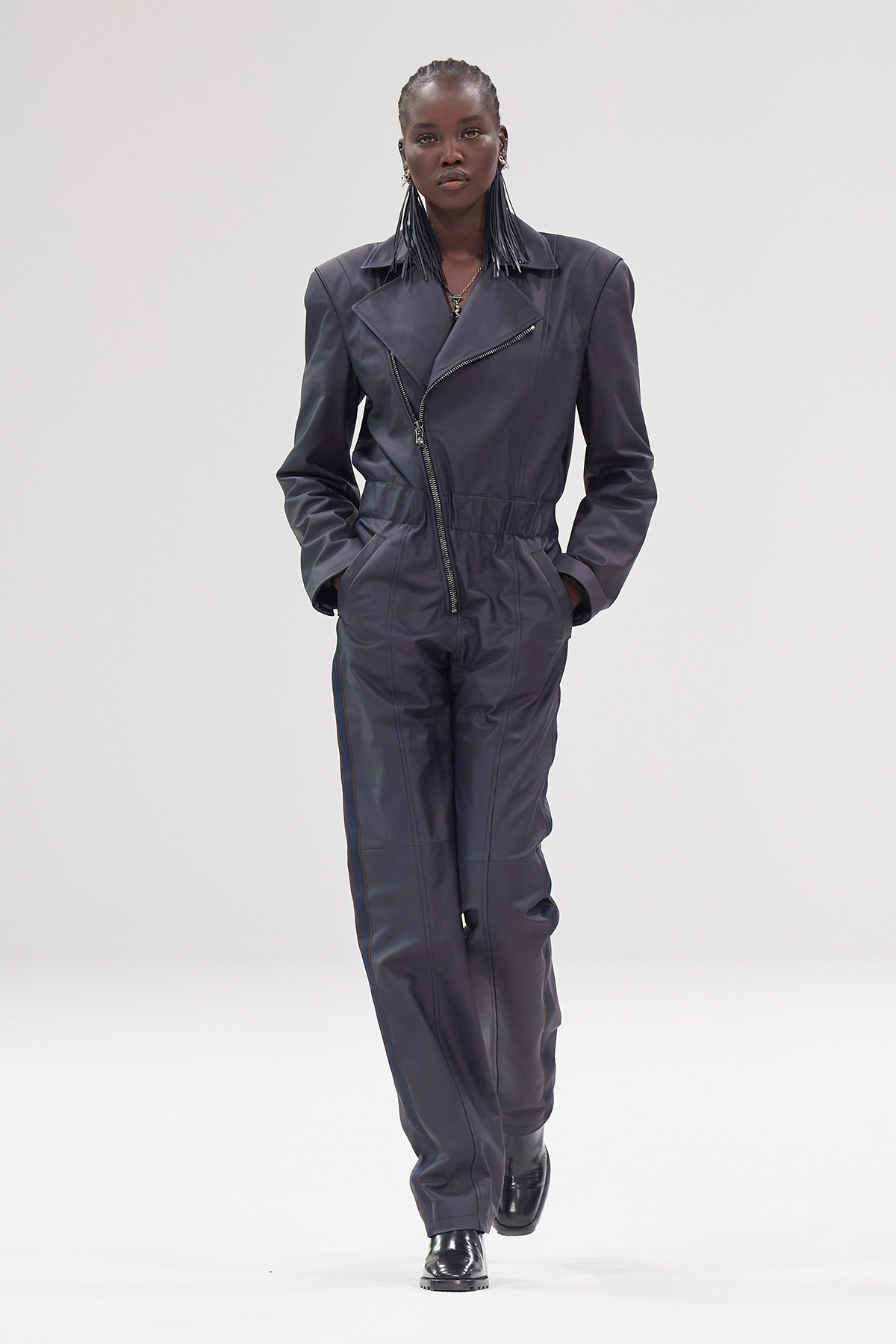
"Given the cultural relevancy of F1, particularly its connection to streetwear and fashion, we feel it's a perfect match," says Puma Chief Brand Officer Adam Petrick following a press conference and panel in Miami. For Petrick, one of the main draws of the partnership is F1's potential to surpass just sport and become a major part of today's cultural landscape, which includes fashion. In order to capitalize on that, he doesn't want to focus only on existing fans. Instead, he hopes that with more freedom to experiment and access everything F1 has to offer, Puma will be able to connect fans with "young streetwear consumers that take cues from the on-track look as stylistic inspiration," he says. "We've seen such a growing influence of motorsport trends on streetwear and fashion—from the actual footwear silhouettes to the branding and team logos on everyday wear."
Motorsport's influence over trends has been consistently growing over the last few years, with the motorcore trend seeing labels like Stella McCartney, GCDS, Chanel, and Dior featuring racing suits, helmets, gloves, and more in recent runway collections. There's also a rising interest in vintage F1 merch on resale sites like Grailed, eBay, and Poshmark. "We believe we can tap into this existing momentum while also defining new looks—new shapes and silhouettes that are relevant to sportswear audiences," Petrick says. As an influential label in the fashion world—with a strong presence during fashion week and celebrity ambassadors like Dua Lipa, Cara Delevingne, and Dixie D'Amelio—Petrick believes that Puma is in the perfect position to authentically and wholly introduce Formula One to the fashion community and all those who follow it.
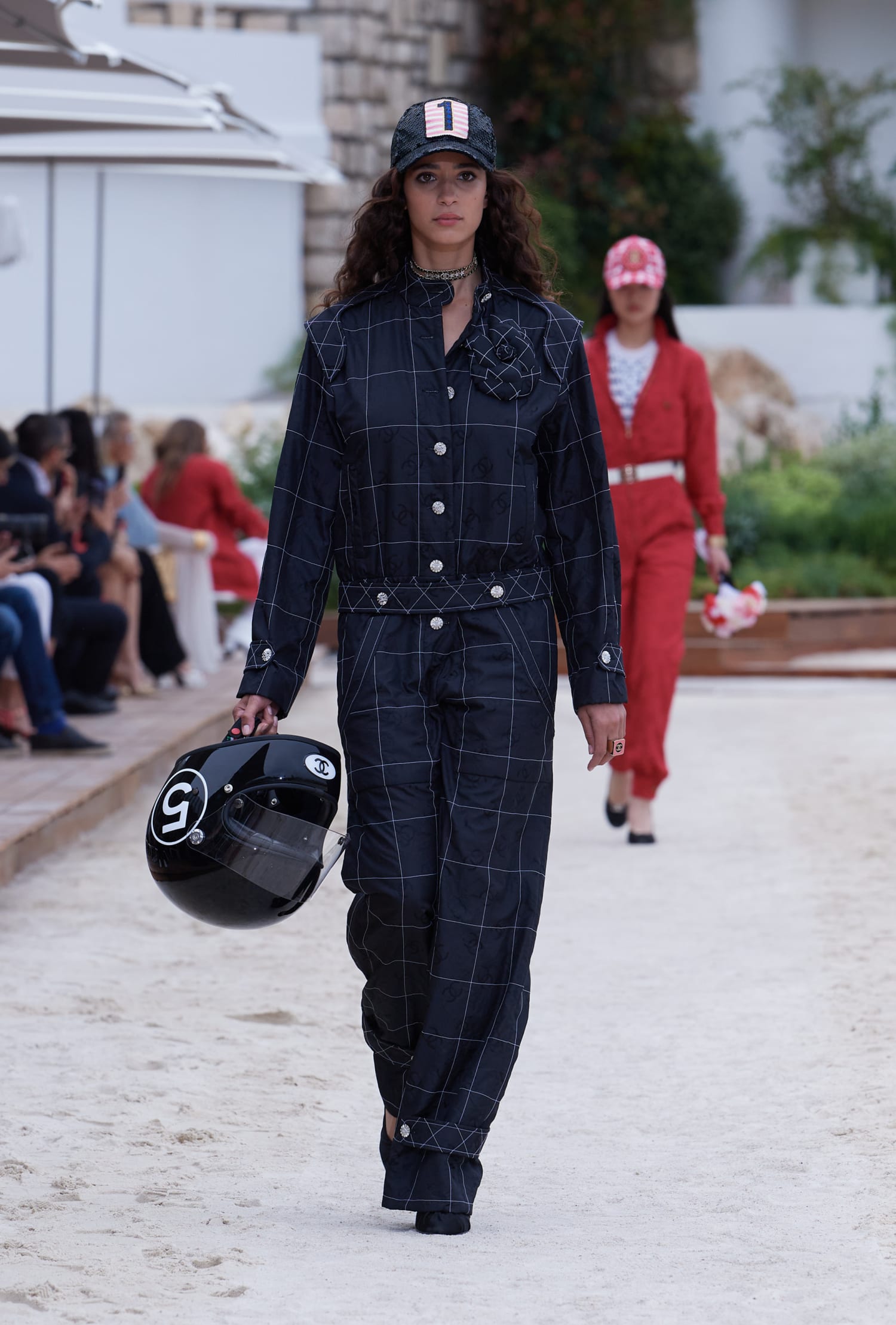
June Ambrose, PUMA's women's hoops creative director and a longtime disruptor in the fashion industry, is just the person to stage the effort. We chatted with her in the paddock after the panel she sat on with Petrick, former W Series driver and F1 commentator Naomi Schiff, and Roc Nation's Emory Jones, and Ambrose expressed the importance of F1 embracing streetwear culture and the fashion world rather than solely focusing its efforts on existing fans and people who are already interested in racing. The sport, after all, has always had a loyal following—that's not going to change. The goal, in her mind, is to build out F1's reach, welcoming new consumers who, in the past, would have never thought to engage with the sport or didn't believe there was a spot for them in it. "Once they start to immerse themselves [in fashion and culture] and move away a little bit from the track, [it will start to] show that [F1] is a lifestyle brand that's on its way somewhere—not just to the track but to a red carpet or a luxury event," she says. In Ambrose's mind, only then will Formula One break into the culture in a real way.
The most significant opportunity that Puma's partnership with F1 brings to the sport, though, is this: women. "We believe that bringing our existing female audience to the world of F1 is one of the important roles we can plan to support our new partnership," she says. "We have already leveraged relationships with female designers and content creators around the sport many times, and we will continue to do so." Ambrose is especially passionate about spotlighting and catering to female consumers, fans, creators, and drivers in the world of motorsport—all of whom have, for the majority of F1's almost 75-year history, been left out of the conversation.
One way she's moving the needle is by finding ambassadors—female ambassadors—who can have a foot in both F1 and fashion and, in turn, carry the conversations surrounding the two entities into a more inclusive future. "Who are those arbiters, ambassadors, and lifestyle icons that you connect to the brand? That's what is going to make the difference," she says. "What are we influenced by? It's not just the sport, and it's not just the cars." Lewis Hamilton has proven time and again that straddling the fashion and sporting worlds is no impossible feat. But he can't be the only one, says Ambrose, and with her position as the creative head of a brand as influential in both fashion and motorsport as Puma is, she believes it's her duty to find women who will dare to push the boundaries in fashion and express themselves fully, no matter who questions them, and force the sport to accept outside perspectives. "We need that female driver that's going to carry the conversation like Lewis did," she says. "Who's that going to be?"

Many believe Schiff will be the one to take on the job, so it's no wonder that Ambrose tapped her for her just-launched collaboration with Scuderia Ferrari and Puma. The racing team initially approached the designer to produce a menswear collection, but she refused, stating that she'd only move forward with the partnership if she could design elevated, style-forward pieces for women, shot on women who are involved with racing as well as various other aspects of culture, like music and fashion. (Schiff was joined by Isa Hernáez, a fashion influencer and podcaster and the partner of Ferrari driver Carlos Sainz and "Gyal Kingdom" musician Hera.) "I really wanted to focus on [creating something that was] for us and by us," Ambrose explains. "It's not just girls wearing a boy's jacket or us wearing merch pieces. I wanted it to be something that was commercial but still had [a level of] aspiration [to it] that also really felt like it was cut for a woman's body. Every piece makes us feel empowered, sexy, included, and seen, and I think that narrative in this space is going to go a long way."
Already, the collection has sold out many of its pieces once and been restocked, proving that women want to be catered to in the F1 space and are willing to spend the money necessary to get it. Let's not forget, after all, that the global women's apparel market is by far the most dominant. In fact, according to Statista, it's double that of men's and children's apparel—combined—making it more than just a smart move culturally for the motorsport world, in partnership with fashion brands, to get in on the action and finally begin meeting the needs of female consumers.
Shop the Puma x Scuderia Ferrari x June Ambrose collection:
"I want to be able to walk into a store and find an F1 T-shirt I like that is made with not only my body type in mind but also the millions of other women who dedicate so much of their lives to this sport," Mittal says. And she has reason to believe that Females In Motorsport's 57,000 Instagram followers agree. According to her, producing apparel and merch for women goes hand in hand with brands and F1 alike needing to provide more support to female drivers, specifically those in F1 Academy, the all-women racing series put on by F1 that kicked off its debut season this year. "Sponsorships are incredibly challenging for a sport like F1, but especially for women, as [it] is still largely dominated by and catered to men," she says. According to Mittal, young fans have a shifted perspective compared to older ones, with one of their primary goals being to push for more substantial support for female drivers. "Now is the time to be a mover and shaker for women in the sport," she says. In her opinion, signs of solidarity from brands would make a world of difference to F1's new and fast-growing troupe of female fans and result in significant support—financial support especially—from female consumers.
Of course, Formula One isn't exactly in need of cash. As we said, the sport has, from the very beginning, been centered around luxury, with races located in some of the most exclusive and expensive places in the world. That said, F1 has never been known to turn down a money-making venture, and partnering with the fashion industry, another of the world's most grandiose industries, is one such way to bring in new revenue. Even better, it's one that can skyrocket the sport's reputation on a global scale. But if it wants to really take advantage of the chance, it has to first diversify its audience.
Gatekeeping F1 is not an option, and brands like Puma are smart to recognize that. "Puma is really focused on performance, sports, inclusivity, and pushing the conversation forward, forever faster, and making sure that they tap into communities that have not necessarily been seen [before] or are underserved," Ambrose says. With a collaboration like this one that puts tenfold more power into Puma's hands, the brand has an opportunity to take the sport into a more progressive and commercially successful future that sees it thrive not just in the racing world but also in popular culture. It's then that F1 might finally reach its full potential.
Shop more Formula One merch:
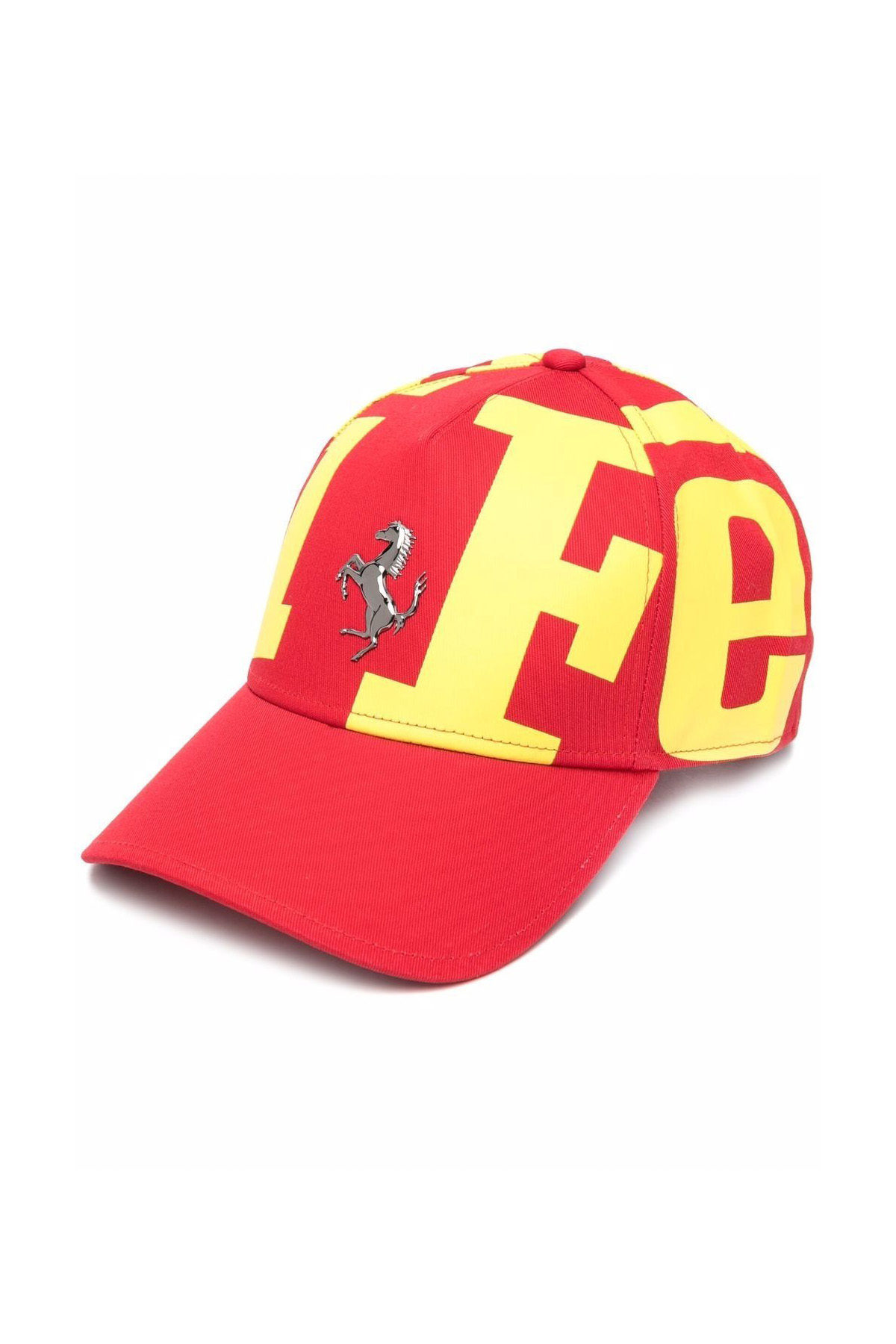
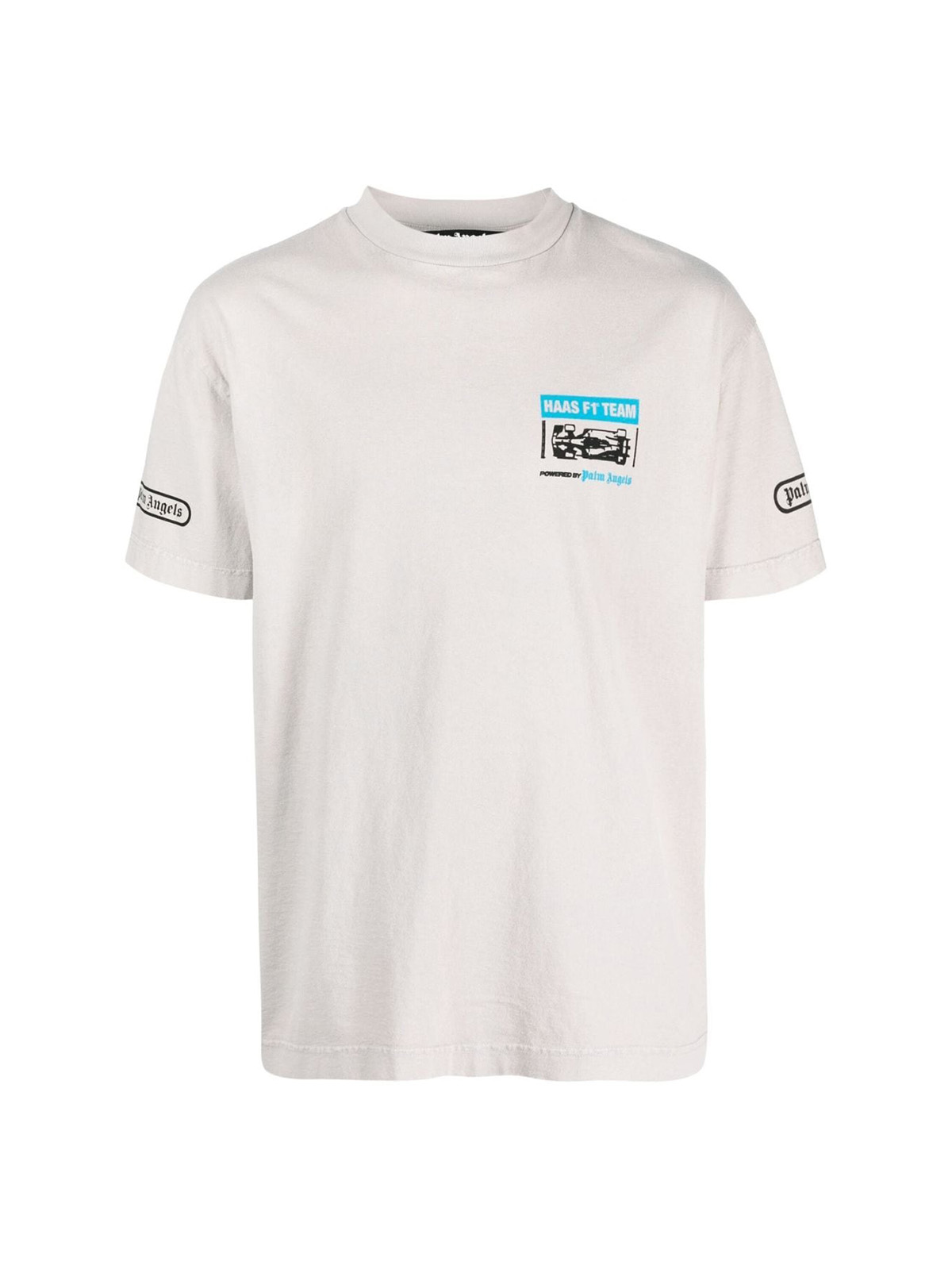

Next up: I'm an F1-Obsessed Fashion Editor—Here's Everything I Wore to the Miami GP
Opening image: Pascal Rondeau/Getty Images; Jared C. Tilton/Getty Images; Joe Schildhorn/BFA.com; Ferrari; @emrata
Eliza Huber is an NYC-based senior fashion editor who specializes in trend reporting, brand discovery, and the intersection of sports and fashion. She joined Who What Wear in 2021 from Refinery29, the job she took after graduating with a business degree from the University of Iowa. She's launched two columns, Let's Get a Room and Ways to Wear; profiled Dakota Fanning, Diane Kruger, Katie Holmes, Gracie Abrams, and Sabrina Carpenter; and reported on everything from the relationship between Formula One and fashion to the top runway trends each season. Eliza lives on the Upper West Side and spends her free time researching F1 fashion imagery for her side Instagram accounts @thepinnacleoffashion and @f1paddockfits, watching WNBA games, and scouring The RealReal for discounted Prada.



